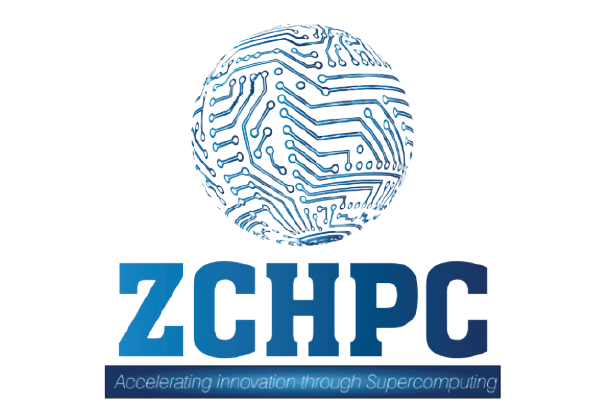You may have heard the rumors, but now it’s official: China has built and deployed a 93 petaflops LINPACK (125 petaflops peak) Chinese-made supercomputer at its Wuxi Supercomputer Center, near Shanghai. A few days ago HPCwire received an advance copy of a report on the new system prepared by TOP500 author Jack Dongarra detailing the feeds and speeds and proffering perspective on its strengths and weaknesses.
Originally, Tianhe-2 was on deck to be China’s first 100-petaflopper based on a planned infusion of Intel Xeon Knights Landing CPUs. There was chatter that China could even be standing up two 100-petafloppers in time for the ISC TOP500 list publication, but the US embargo regulations restricting the sale of US processor technology into China pushed back the timeline. It was this trade restriction that spurred China to refocus efforts on its native chip technology. At the 12th Asian Connections workshop in Wuhan, China, in April, Beihang University Professor Depei Qian, who is helping steer the nation’s supercomputing roadmap as part of the 863 project, stressed the need for “self-controllable HPC technologies” on account of a “lesson learnt from the embargo regulation.”
During ISC 2016 this week, we expect more details on the fully-realized Tianhe-2 to be revealed as well as an update on the nation’s exascale plans now that Tianhe-3 has been named as the targeted first exascale system. (Recall that China has announced it will stand up an exaflops (peak) machine by 2020.)
The new machine, the Sunway TaihuLight system, achieved 93 petaflops out of a theoretical peak of 125 petaflops, giving it an efficiency of 74.51 percent. The run made use of 165,120 nodes using 1.2 PB total memory (7.2 TB of the memory of each node). The time to completion was 3.7 hours at an average power consumption of 15.37 MW. This gives it an energy efficiency of 6 gigaflops-per-watt, counting the processor, memory and interconnect network. The 28 MW cooling system from Climaveneta uses closed-coupled chilled water cooling with a customized liquid water-cooling unit.
As the new TOP500 champ, Sunway TaihuLight steals the top spot from Tianhe-2, which sat in the spot for three full years (and six list iterations), since China knocked the US Oak Ridge Titan machine off its perch in June 2013. Notably, China also stole list system share and performance share from the US (more on that to come).
The computational heart of Sunway TaihuLight is the SW26010 processor, which was designed by the Shanghai High Performance IC Design Center.

